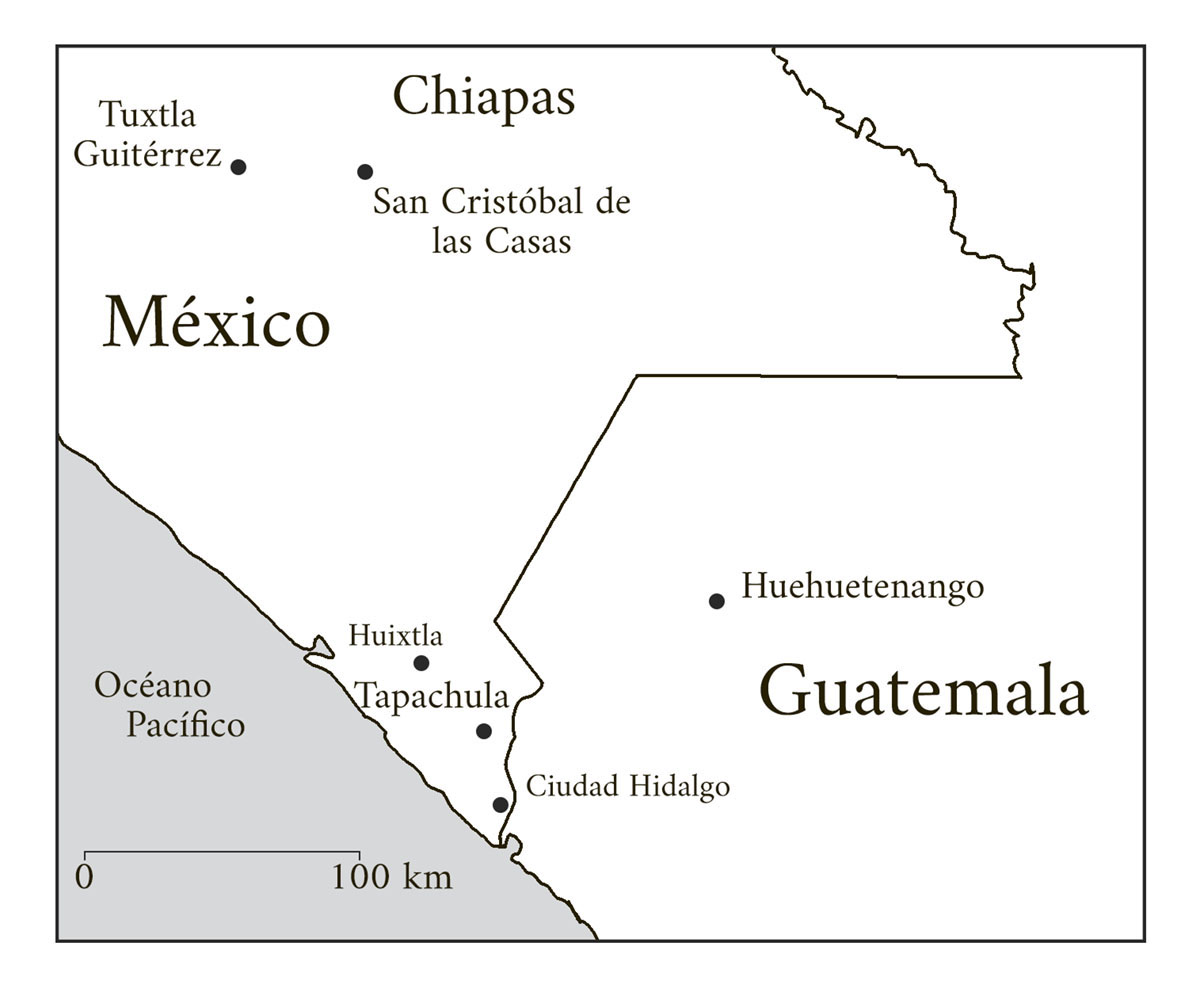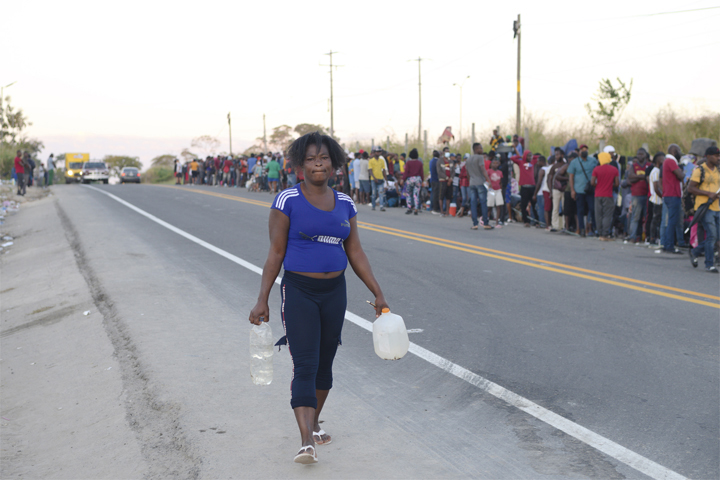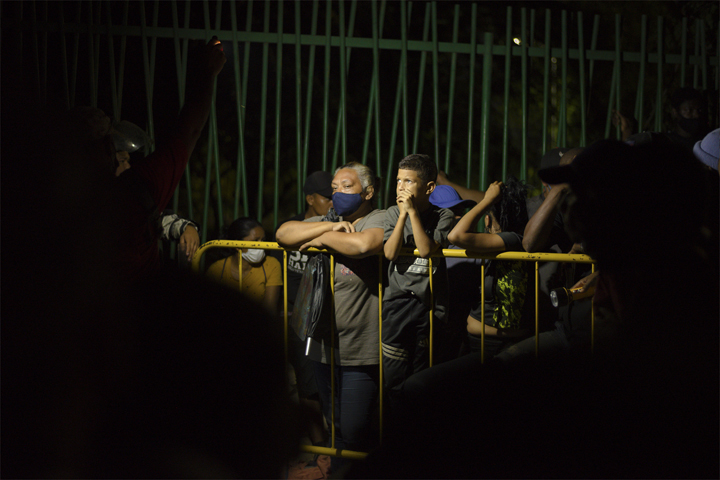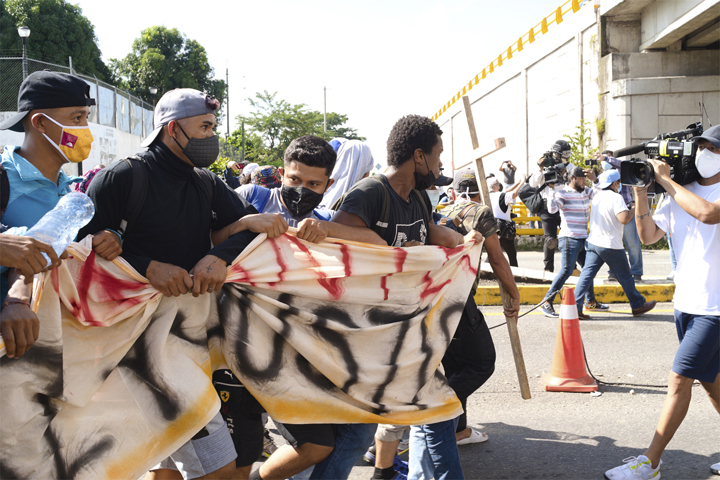The current immigration policies of the U.S. and the fortification of its border with Mexico puts the lives of people in transit through Mexico in exponential danger. The ideological pressure the U.S. exerts on Mexico has conditioned the southern neighbor to reform its immigration policies in favor of Washington. This circumstance forces migrants by law to remain in strategic locations in Mexico. Thus, legal immigration to the U.S. is becoming much more difficult, if not impossible.
A fictitious border, a frontera ficticia, is taking shape, which does not run horizontally, like conventional borders, but vertically; which means it is spinning a net in every direction. Migrants are trapped in southern Mexico by law enforcement. This rises concerns if these measurements facilitate violations of the human right to move freely as a refugee. The described phenomenon is most evident in the border town of Tapachula. The city and the state of Chiapas are covered by an invisible fishing net, built from paragraphs of immigration policies.

I wanted to understand better why the journey of migrants came to a halt exactly here, in this borderland with Guatemala. During my stay there, I was able to observe directly that government actions have decisive consequences for the people, who want to migrate from their homeland for various reasons. Each affected individual may feel too powerless to proceed the journey once they are exposed to the Mexican immigration law. I came to the understanding that the loss of identity is ubiquitous in the reality of migrants.
Fronteras Ficticias is an intent to show the migrant's identities in their dynamic of appearance and disappearance. The shadows and silhouettes of the people, who appear in this project, give to understand that identity is a projection of each history. However, it seems that identity can dissipate and adapt anew to any given circumstance, like a shadow on the wall.
Currently I'm looking to publish this project as a photobook, with around 70 photographs.
The PDF below is a preview of my intended design:
fronterasFicticias.pdf




